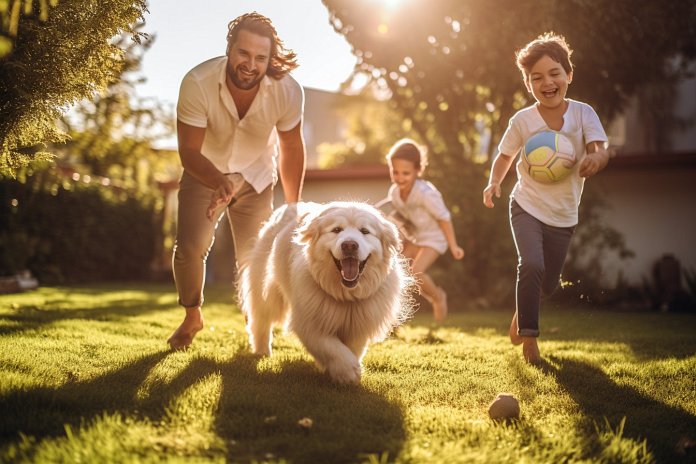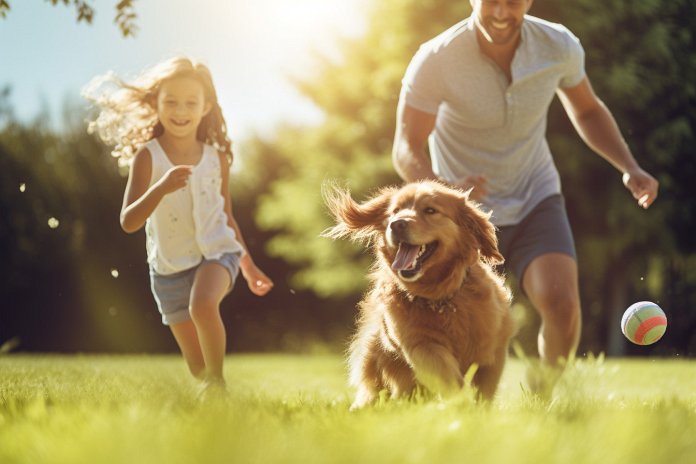
Dogs tend to have shorter lives than humans, living on average between 10 and 13 years. However, there are rare cases where dogs can live up to 20 years. In this article, we will explore which breeds live the longest and how you can improve your pet’s longevity.
Signs of Old Age in Dogs
The transition into old age for dogs can often sneak up on their owners. The first sign is usually a change in energy and activity levels. Dogs may become slower and more relaxed, experiencing pain from stiff joints and overall tiredness. Other signs of old age include hearing and sight loss, increased urination, behavior changes, and confusion.
Body Language
Watch your dog’s body language closely for indicators of old age, such as panting, weakness, lack of focus, dropped ears, and snapping.
The Oldest Dogs Ever
While it is rare, some dogs have lived to be 20 years or older. The oldest dog ever recorded was Bluey, an Australian Cattle Dog who lived to be 29 years and 5 months old. There have been other verified cases of dogs living past 20 years, but there are also unverified claims of dogs living longer.
Science Behind Dogs Living to be 20
The length of a dog’s life is influenced by factors such as size, genetics, diet, exercise, weight, and the care they receive. Smaller dogs tend to live longer than larger breeds. Genetics play a role in determining diseases and aging. A high-quality diet, regular exercise, and staying in a suitable weight range can improve a dog’s longevity. Spaying/neutering, vaccinations, and parasite prevention also contribute to a dog’s lifespan.
Caring for an Older Dog
Older dogs require special care to ensure they live comfortably. Adjusting your lifestyle and routine to suit your pet’s needs is important. Your veterinarian can provide guidance on the right diet and identify any health issues. It’s crucial to adapt to your pet’s capabilities and involve them in family life.
Conclusion
While dogs have shorter lifespans compared to humans, it is possible for them to live to be 20 years or older. Understanding the signs of old age and providing proper care can ensure your dog has a happy and fulfilling life. Make the most of the time you have together.
“Cherish the years, for a dog’s love knows no bounds.”

Tips & Things to Know
1️⃣ Understand the signs of old age in dogs: Pay attention to changes in your dog’s energy levels, hearing, sight, behavior, and physical abilities. Recognizing these signs can help you provide appropriate care and support for your aging pet.
2️⃣ Factors that influence a dog’s lifespan: The size of the dog, genetics, diet, exercise, weight, and the care they receive all play a role in determining a dog’s lifespan. Providing a high-quality diet, regular exercise, and preventive care can help improve your dog’s longevity.
3️⃣ Adjusting care for older dogs: As your dog ages, you may need to adapt your routines and activities to accommodate their changing needs. This could mean adjusting exercise levels, providing a suitable diet, scheduling regular check-ups with your veterinarian, and being patient and understanding as your dog may experience physical limitations. Enjoy the time you have together and make your senior dog’s life as comfortable and fulfilling as possible.
Frequently Asked Questions, Answered ✅
1. Can dogs live to be 20 years old?
– Yes, but it is rare and only happens in exceptional cases.
2. Which breeds tend to live the longest?
– Smaller breeds such as Chihuahuas and Jack Russell Terriers tend to have longer lifespans compared to larger breeds like Great Danes and Irish Wolfhounds.
3. What are the signs of old age in dogs?
– Signs of old age in dogs include changes in energy levels, loss of hearing and sight, increased urination, behavior changes, and a graying muzzle.
4. What factors influence how long a dog lives?
– Factors such as size, genetics, diet, exercise, weight, and the care they receive (spaying/neutering, vaccinations, parasite prevention) all play a role in determining a dog’s lifespan.
5. How can I care for an older dog?
– Adjusting your lifestyle and routine to suit your pet’s needs, feeding them a suitable diet, regularly visiting the veterinarian for check-ups, and adapting to their capabilities and limitations are all important aspects of caring for an older dog.